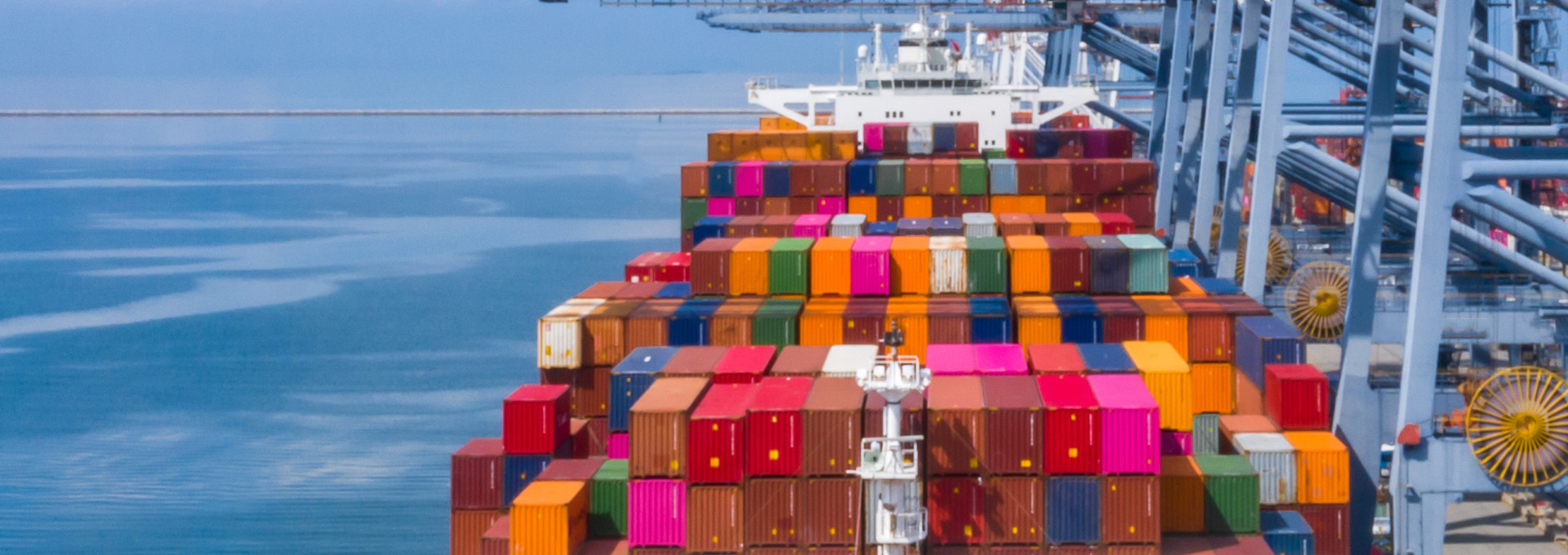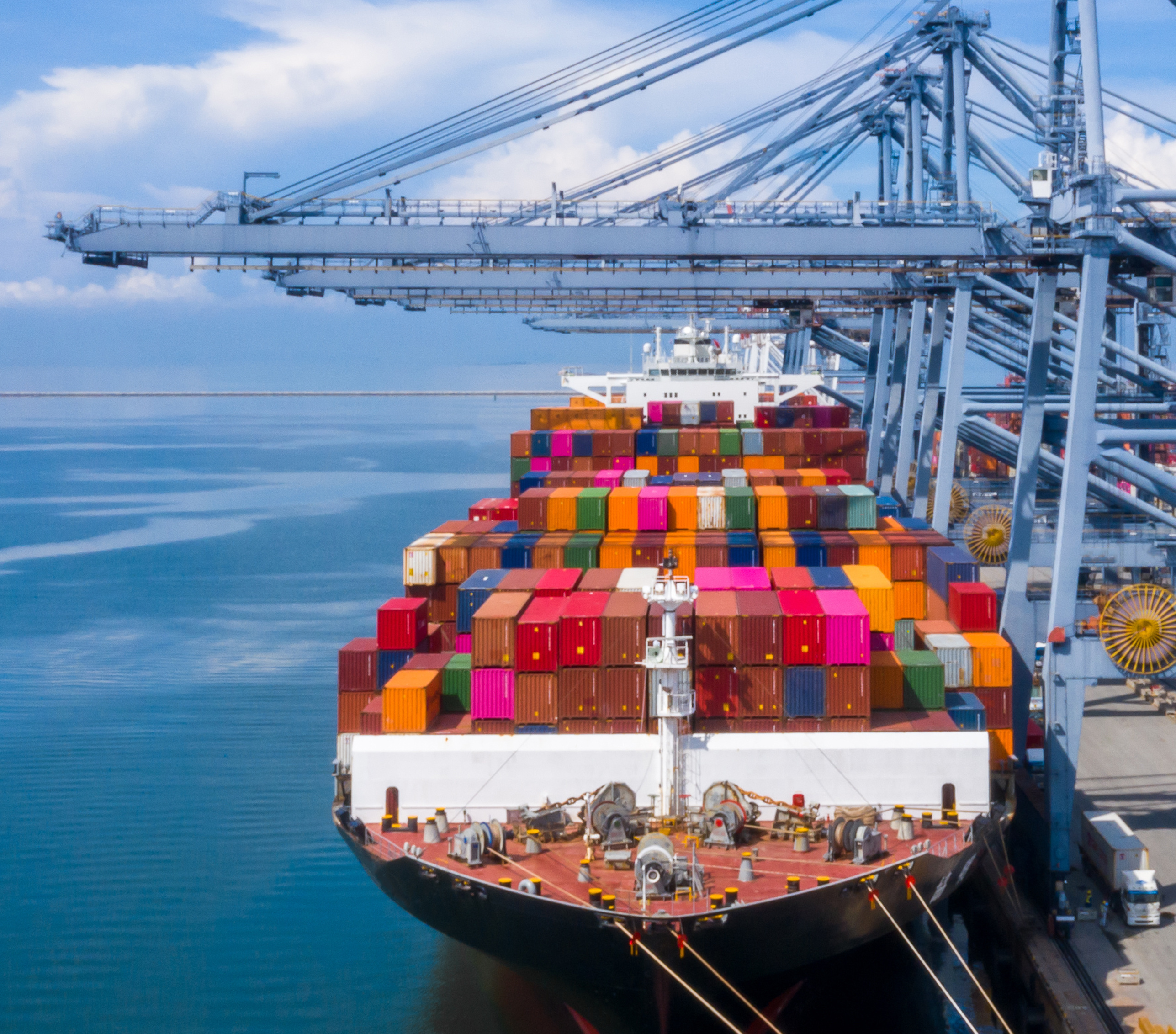



Maritime transport plays a significant role in the global economy and is largely responsible for international trade. Around 90 percent of all goods are transported by sea - and it is still rising. This is because transport by ship is usually the most cost-effective and efficient way of transporting large quantities of goods at the same time. However, maritime transport causes around 2.5 percent of global greenhouse gas emissions and thus contributes significantly to climate change.
With around 800 million tons of CO2 equivalents, cargo and cruise ships emit as many greenhouse gases per year as Germany. Particularly in heavily frequented waterways such as the North and Baltic Seas - with ports in Hamburg or Rotterdam - shipping has a significant impact on the environment and our health. Scientists at the Helmholtz Center Hereon have found that emissions are around 15 percent higher, especially at ports of transhipment.
Environmental issues caused by maritime transport
Compared to road traffic, ships emit more nitrogen oxides (NOx), particulate matter and soot, which leads to air pollution on a local, but also global level. Soot for example, is distributed up to high latitudes at the North Pole, where it reduces the reflectivity on the white ice surfaces. This in turn promotes the melting of the ice.
Another problem is the impact on the oceans, for example the release of pollutants from wastewater or oil spills, which particularly affects maritime ecosystems near ports. This is because coastal waters are often artificially altered to allow larger cargo ships to pass through logistics centers. The example of the deepening of the Elbe River - in favor of container ships - where the bottom of the river was removed, shows how natural landscapes are significantly modified.
Nevertheless, it is impossible to imagine life without maritime transport, which supplies us with a wide range of products from all over the world. Measures are therefore essential to ensure that shipping is more sustainable.
Helmholtz conducting research:
The Department of Chemical Transport Modeling at the Helmholtz Center Hereon is engaged in analyzing and predicting the distribution of air pollutants. With the help of chemical transport models, they investigate how much individual sectors - such as shipping - contribute to pollutant emissions. Future scenarios are used to investigate how political and technological measures contribute to reducing emissions.
How to reduce emissions in maritime transport
In order to reduce emissions in maritime transport, technical but also political measures are necessary. The International Maritime Organization (IMO) of the United Nations, which is responsible for establishing global maritime traffic rules, has already adopted various regulations to reduce the environmental impact of shipping.
For example, nowadays gas purification systems are mandatory on large ships to reduce emissions of nitrogen oxides and other harmful substances. Similarly, designated emission control areas, similar to environmental zones designated for cars in major cities, reduce air pollution from exhaust emissions.
Another way of reducing emissions - but also making companies more cost-efficient - is to optimize travel speeds. With the help of so-called "slow steaming", fuel consumption can be significantly reduced through forward planning and navigation. This was particularly noticeable during the corona pandemic, when significantly less goods were transported and cargo ships were more effectively utilized due to longer voyage times at sea.
Nevertheless, the use of technical efficiency measures such as additional wind propulsion or optimized ship design including propulsion technologies is necessary to further reduce CO2 emissions in the future. However, to become climate-neutral in the long term, clean fuels are essential. For example, by using power-to-X technology, surplus electricity from renewable energy sources can be converted into sustainable fuels for ships or even aircraft. The advantage here lies above all in the good transport possibilities.